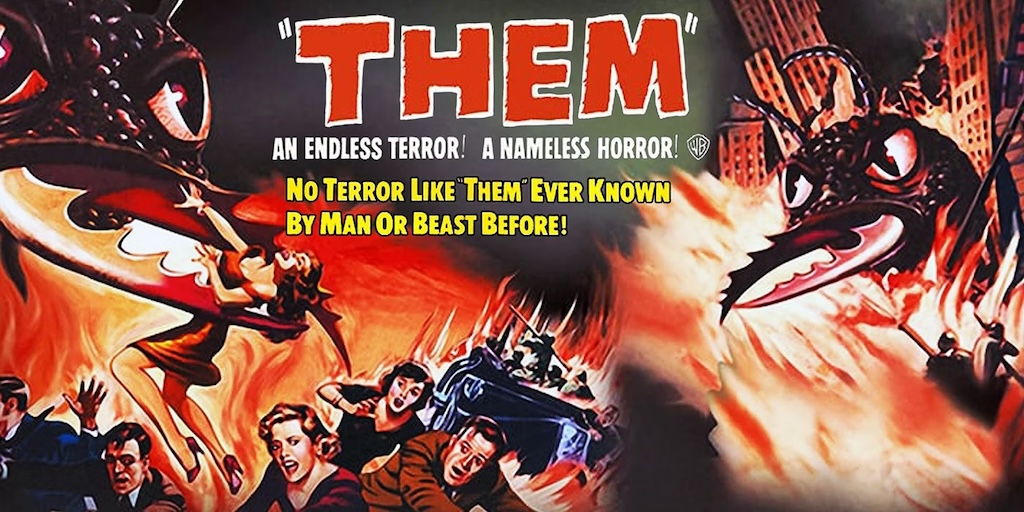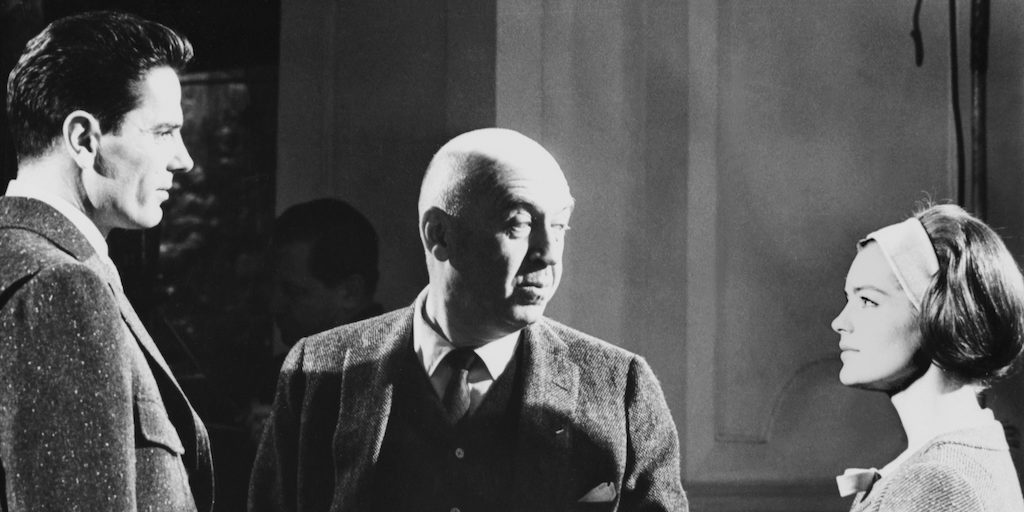Quantumania has a mission to accomplish. That is why it occupies a place of privilege in Marvel’s releasing calendar: it is the beginning of Phase Five. Its task consists of evening out the road for what is coming.
To be more precise, the goal of the film is to introduce ––at least on the big screen–– Kang, Marvel’s villain for the next two or three years. Or, better said, the villains, because there are thousands of Kang variants in the multiverse. In Loki we already met one, He Who Remains; now we come across the rest of them. Especially, Kang the Conqueror.
Nominally, Quantumania is the third Ant-Man and the Wasp movie. We encounter once again with Scott Lang, his daughter Cassie, Hope Pym and her parents, Hank and Janet. After a failed experiment, all five are thrown into the Quantum Realm. And there they find the Conqueror, who used to travel across the multiverse, annihilating time and existential lines, until its variants exiled him into this subatomic dimension, outside space-time.
Each new Marvel entry is part of an interconnected narrative and that is why it plays both sides: telling an individual story and contributing to a larger plot.
Some stories get to balance the scales. I think of Hawkeye, which introduces some memorable characters ––Kate Bishop and Echo–– and brings closure to the arc of another one, that of the title character. There is enough to satisfy Marvel scholars, but the plot can be understood without any previous knowledge. The bond between the protagonists, between Hawkeye as a master and Kate as an apprentice, is the heart of the story and it is resolved within six episodes.
Quantumania does not have the same luck.
It tries to further into the relationship between Scott and Cassie. He is an absentee father, bedazzled by his celebrity status as a member of the Avengers; she is a teen prodigy, turned activist and scientist while her father looked the other way. In the end, they patch things up. But this development does not get a lot of screen time.
On the other hand, what matters is Kang, the future of Marvel. And the actors know this. Jonathan Majors, who plays all variants of the villain, is the only one truly having fun on screen (alongside Bill Murray in a funny yet brief cameo). Majors understands the assignment and brings larger-than-life emotions to the table; phrases intoned like an epic poem; poses worthy of a sculpture.
The other members of the cast barely make an effort. Michael Douglas, Evangeline Lilly and Paul Rudd limit themselves to play their lines without any diction mistakes. Rudd brings his usual flair, but without shining. Michelle Pfeiffer, as Janet, brings more enthusiasm and intensity to the matter, perhaps because her character, by connecting directly with Kang, is the most relevant to the plot. Janet was trapped for thirty years in the Quantum Realm and already knows the Conqueror. Even they were friends before they became enemies. This gives a tragic weight to their reunion.
But beyond Pfeiffer and Majors, the rest of the film is just protocol, made out of obligation. As if their creators saw the releasing calendar and the slot occupied by Quantumania, shrunk their shoulders and whispered with resignation “We have to shoot this right now.”
The Quantum Realm is a bizarre display of loud colors, broccoli-shaped and jello-shaped aliens, cannon-headed robots, syrups that offer polyglot powers, floating amoebas, all potentially funny but badly made devices. The visual effects seem to be like ten years before its time. Next to what James Cameron achieved in Avatar: The Way of Water, this is a debacle.
The budget is not the issue: Quantumania had a production budget of around 200 million dollars. Money and Technology were not scarce. Time was.
Sometimes, when we talk about technological advancements, we stop a lot at gross numbers of hardware and software, the potential of artificial intelligence and the speed of processors.
But human time is always the same: a minute today lasts as long as it was a hundred years ago. And human creativity needs time to explore and polish ideas beyond the tools (Artificial Intelligence is faster but less creative. It is based in synthesis and probability, ignoring two special features: intentionality, because it does not think or feel; and oblivion, because humans create when forgetting, by making bad copies of our inspirations)
The difference between Quantumania and The Way of Water is one of time. Cameron is nitpicky and detail-oriented. Principal photography lasted three years; Pre-Production and Post-Production were even longer. Their actors learn to dive and perform under water. Kate Winslet managed to hold her breath for more than seven minutes. Over this real framework, Cameron’s crew built the digital surface. There is a tangible connection between the cast and the fantastic world surrounding them.
In Quantumania none of this happens. The actors are remarkably static and uncomfortable. They seldom share the frame, even in dialogues. The camera cuts around them. They are isolated, as if they were talking through video-call, the aesthetics of our time.
The editing is clumsy, sometimes incoherent. In one scene, Scott and Cassie become giants to fight against the forces of Kang the Conqueror. They hug and even make jokes about their size. This is an important piece of information, because Cassie is learning how to use his fathers’ powers. But they are alone in the frame and before a neutral background. There is not a visual point of reference indicating they are giants. The effect dilutes and becomes abstract.
The time involved in creativity is not just time to create but also to plan. That hug between Scott and Cassie required of more storyboarding. The people behind Quantumania is without a doubt talented. I sense that, without the pressures of the Marvel calendar, they would have realized, eventually, that shot needed something more in the background or beneath the characters that marked a difference in scale between them and the rest of the Quantum Realm.
But, naturally: what matters in Quantumania is not the quality of the film but the calendar, Marvel in the long-term. Not the two hours in the movie theater, but the weeks and months until the next release, the speculation, the YouTube video essays, the Twitter shit posts, the Instagram memes.
Cinema beyond Cinema
Marvel movies are no longer thought about as movies. They are thought to be analyzed and debated. More than movies, they are meeting places. More than cinema, it is architecture: they are halls where we sit and theorize under the dim light of filament lamps.
From a formal viewpoint, Quantumania is cinema. The language is that of film. But the way in which we consume the film ––as content–– is far from the traditional consumption of cinema. What attracts us is not what happens on screen. That is barely important to us. We are not seeing a film, but a string of clues, winks and promises. The role of the movie is no longer to entertain for two hours, but to accumulate material for social media.
In layman’s terms: we see Quantumania to talk about Quantumania. To see the movie is a chore, an assignment. We are all Marvel employees.
We could say, using literary terms, the paratext ate the text.
By paratext, we mean the auxiliary elements that surround the main text. These elements may be within the limits of a book: the prologue, the index, the epilogue. But they also can exist outside it: media reviews, interviews with the authors, press releases. All these paratexts depend on the main text but they also bring sense to it.
If we take this logic to cinema, the paratext of a Marvel movie are all the videos and commentaries in social media, the previews, the toys, the press conferences, all the culture and paraphernalia around the saga.
This content is not always produced by Marvel. Fans do it pro bono and help in the promotion of the films. They react to the official content with their own unofficial contribution. Marvel counts on it (Even with this negative review I’m writing. Everything counts).
The films ––that is, the main texts–– work as the fuel of paratextual construction. Hierarchies have been inverted. The film is now the auxiliary element and what surrounds it has become the main event.
Quantumania is perhaps the most obvious expression of this phenomenon. We see it, not to enjoy it, but to speculate about the next phases. The most interesting about it is what aims to the outside and moves forward, the war between the Kang variants. And it is interesting because it promises, it feeds the imagination.
The enjoyment is displaced. The fun is within the interstices between movies. To sit down and watch the movies and series is barely a requisite to be able to participate in the massive conversation. Two hours of lights and colors before the real show begins, which is the waiting.
Quantumania is a movie that we hope it ends. Its major achievement is having a two hour runtime.
![]()
(United States, 2023)
Directed by: Peyton Reed. Script: Jeff Loveness. Cast: Paul Rudd, Evangeline Lilly, Jonathan Majors, Michelle Pffeifer, Michael Douglas, Bill Murray. Produced by: Stephen Broussard, Kevin Feige. Lenght: 125 minutos.













